The Singxer SDA-6 PRO2 balanced DAC’s architectural design ensures a remarkable level of sound reproduction that will captivate your senses. Meticulously crafted with high-end components chosen for their exceptional audio performance, this DAC features a digital-to-analog conversion stage powered by two AKM AK4499EX DAC chips paired with the AK4191 digital filter. These components enable support for high-resolution streams up to PCM 32Bit 768kHz and native DSD up to DSD512. The DSD stream operates in NOS (Non Over Sampling) mode, bypassing the AK4191 filter to preserve the original signal integrity.
For connectivity, the USB interface employs an XMOS XU-316 interface, while SPDIF reception utilizes a dedicated AKM AK4118 chip. Enhancing data processing efficiency is an STM32 microcontroller, and clock management and digital audio stream processing are expertly handled by a Xilinx FPGA.
In terms of output circuitry, the SDA-6 PRO2 adopts a sophisticated design with 4 discrete Class A output channels featuring a DC-balanced non-loop negative feedback architecture. The USB input oscillator incorporates a CCHD-957 femtosecond clock to minimize jitter, complemented by 4 independent ultra-low-jitter oscillators for the rest of the circuit. The balanced analog stage integrates delivering an outstanding level of musicality.
- The self-developed adaptive clock system technology has built-in 4 independent ultra-low jitter audio crystal oscillators, and is equipped with a femtosecond-level local clock system for the USB part.
- High-performance digital-analog hybrid phase-locked loop and excellent clock synchronization recovery technology can greatly filter the secondary PLL of external digital input jitter;
- 4 fully balanced full DC Class A split circuit outputs; among them, the high-end version adopts loopless negative feedback output;
- Large FPGA performs digital audio signal processing, self-developed second-generation algorithm, and original multi-input channel isolation technology to ensure the purity of each input signal.
No reviews yet, come back later……….
- AKM fourth-generation flagship DAC: AK4191+ two AK4499EX digital-to-analog conversion
- The crystal oscillator of the USB part uses a femtosecond clock with Singxer’s in-house developed Oven Controlled oscillator for ultimate stable clock transmission
- XMOS newest XU316 USB chip implementation, supports up to DSD512 and PCM 768K sample rate.
- Optimised ultra-low noise power supply system to avoid low-frequency distortion of AKM DAC
- Supports volume adjustment via front panel and analog high and low gain adjustment,
- OLED brightness adjustment and off-screen playback

| SPECIFICATIONS | |
| Product type | Balanced DAC |
| DAC chip | AKM: 2x AK4499EX & 1x AK4118 |
| Inputs | 1x I2S LVDS HDMI (Standard pin out Holo Audio / PS Audio) 1x USB-B 1x Optical Toslink 1x Coaxial 1x AES/EBU 1x BNC 1x CLK (via BNC connector) |
| Outputs | 1x XLR stereo balanced 1x RCA stereo unbalanced |
| Supported sample rates | USB, I2S: PCM up to 32bit 768kHz, native DSD up to DSD512, DSD DoP up to DSD256 SPDIF, AES/EBU: PCM up to 24bit 192kHz, DSD DoP up to DSD64 |
| SPDIF input impedance | 75Ω |
| AES/EBU input impedance | 110Ω |
| Output levels (0dBFS) | PCM : RCA 2.6V RMS, XLR 4.6V RMS DSD : RCA 2.6V RMS, XLR 4.6V RMS |
| Output impedance | RCA : 22Ω XLR : 45Ω |
| Frequency response | 20Hz – 20kHz ±0.1dB |
| SNR | 131dB (20Hz-22kHz, A-Weighting) |
| THD+N (1kHz, 0dBFS) | 0.00012% (-118dB) @ fs=44.1kHz, PCM, 20Hz-22kHz, A-Weighting |
| Dynamic (1kHz, -60dBFS) | 131dB @ 20Hz-22kHz, A-Weighting |
| Channel separation | > 130dB @ 1kHz |
| GENERIC | |
| Supply voltage | 115V-230V AC (selectable by internal switch) |
| Dimensions (excl. feet and connectors) | 262 x 220 x 46mm |
| Weight | 2.7kg |
| Color | Black |
| Package | 1x Singxer SDA-6 PRO2 1x USB cable 1x IR remote control 1x Power cable |
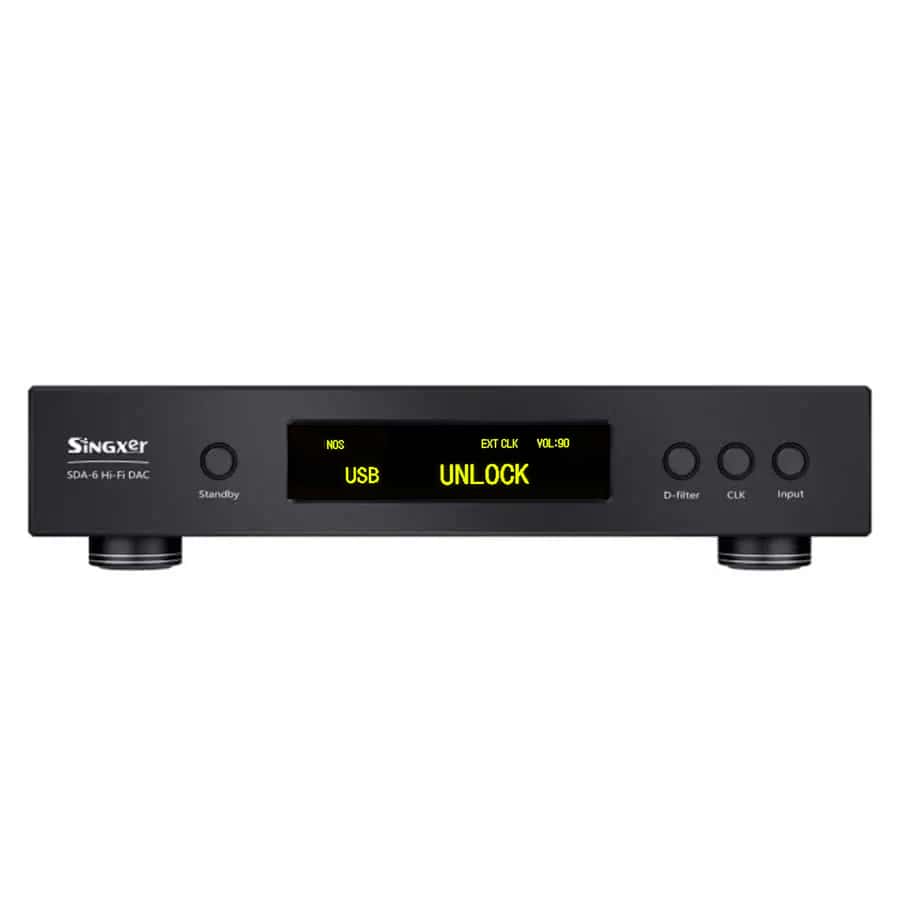
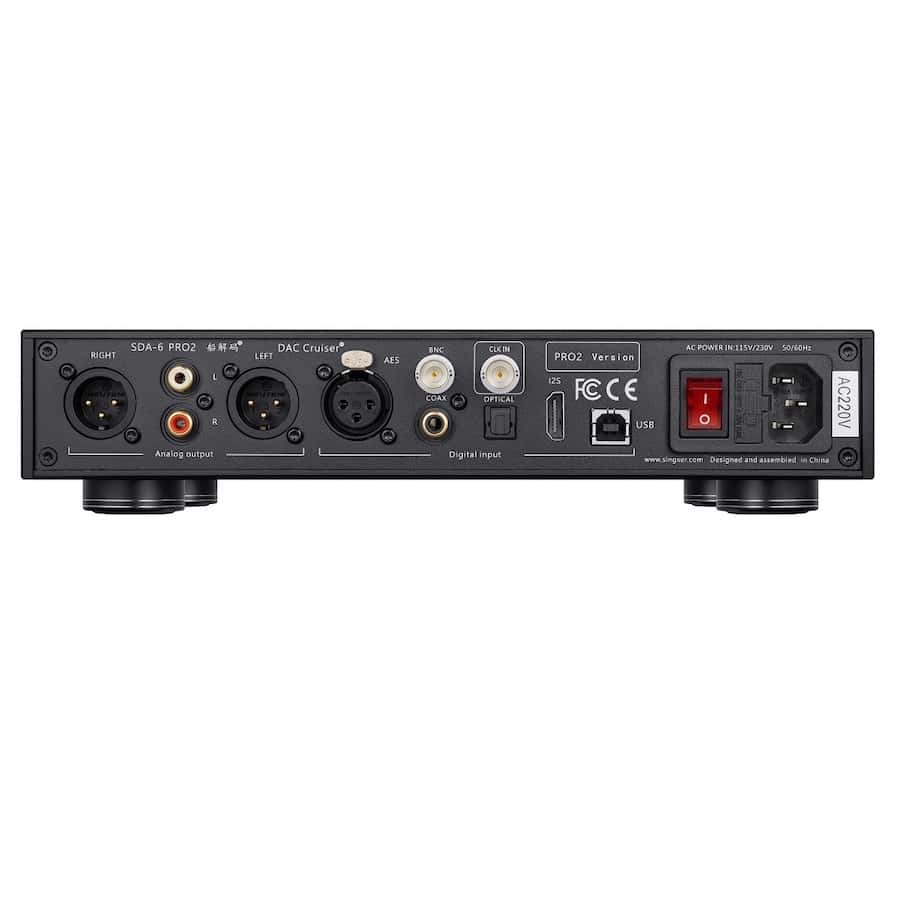
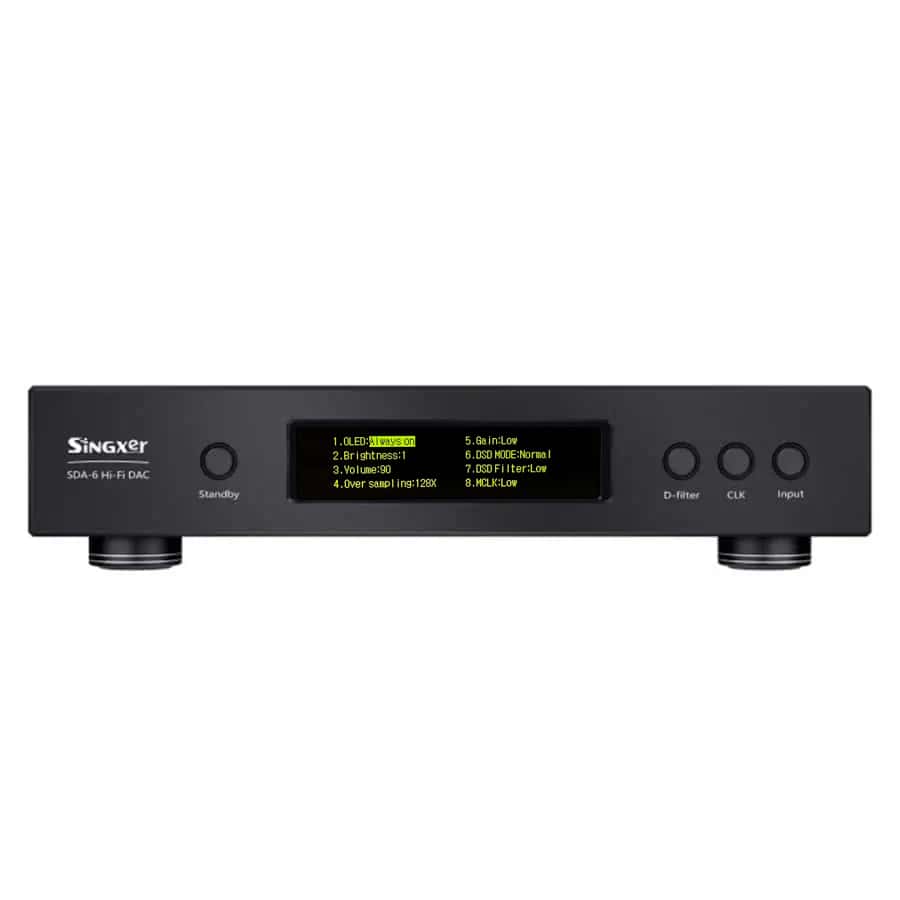
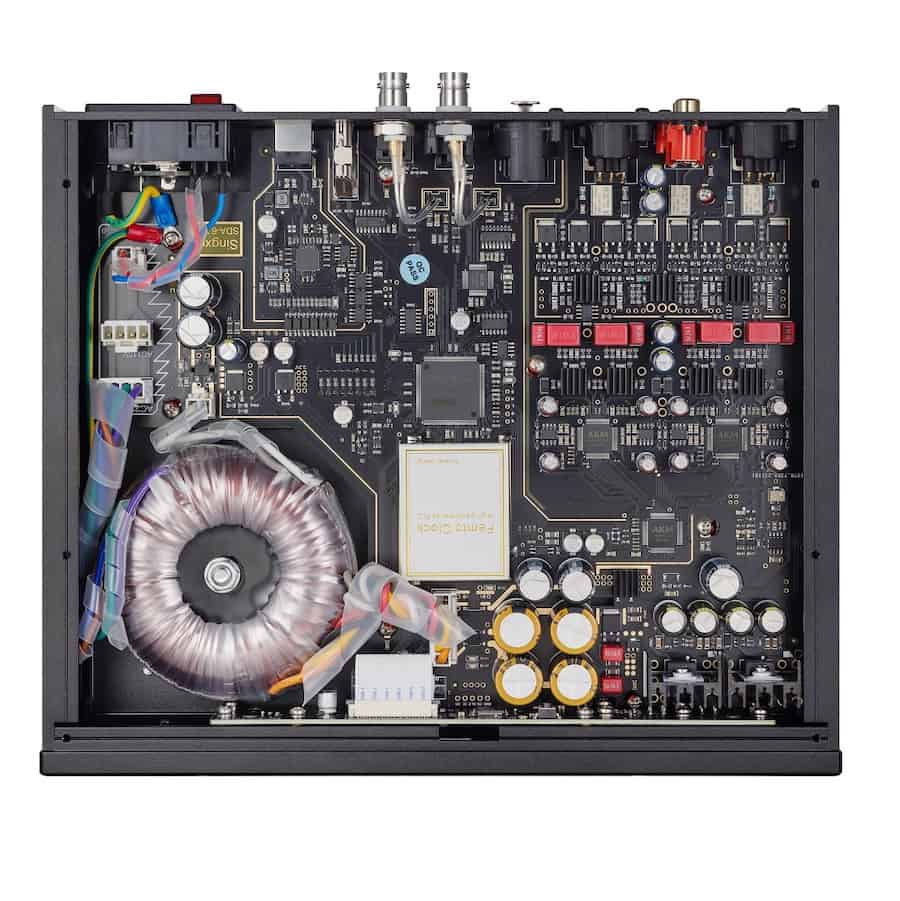
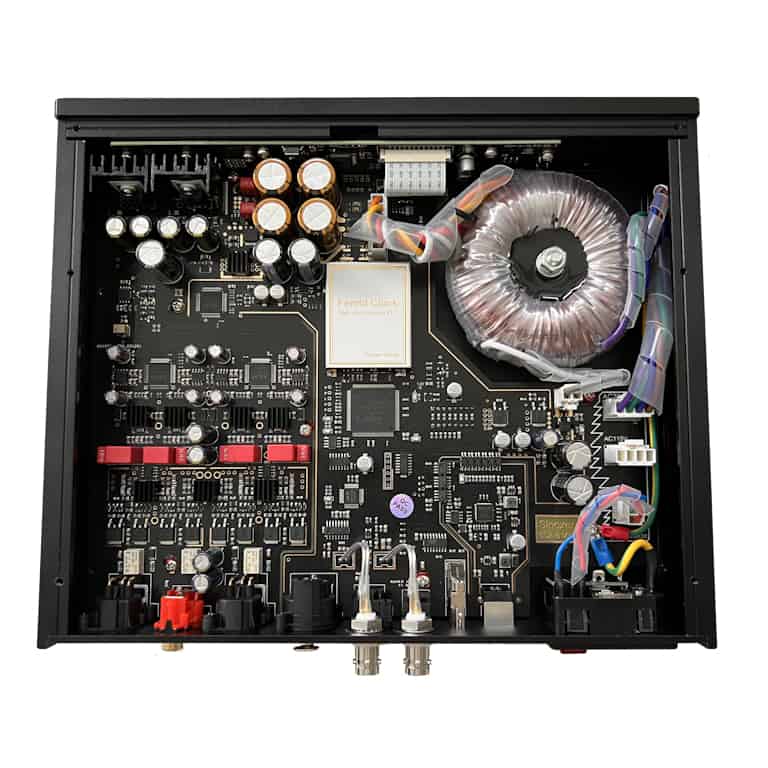
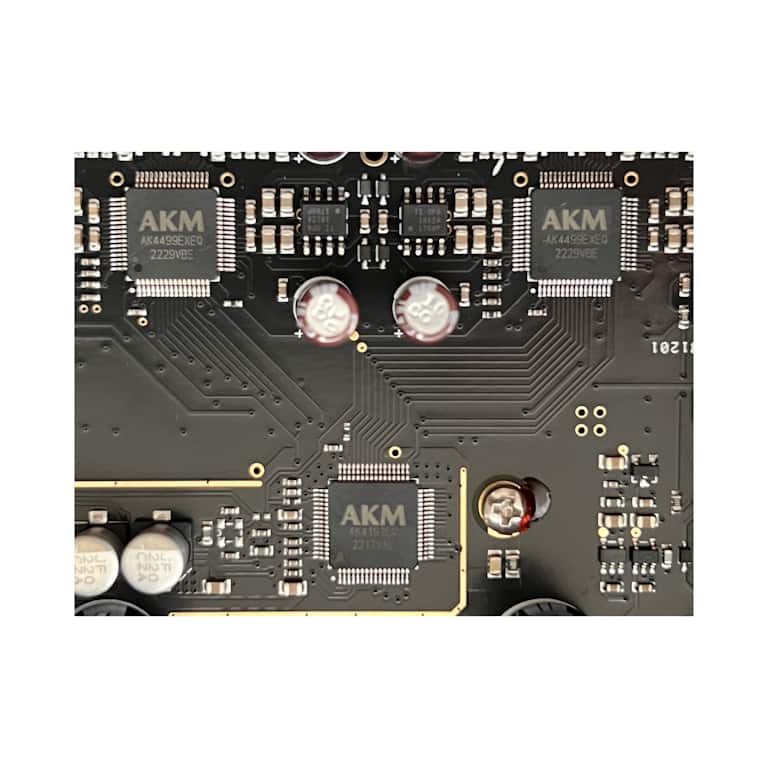
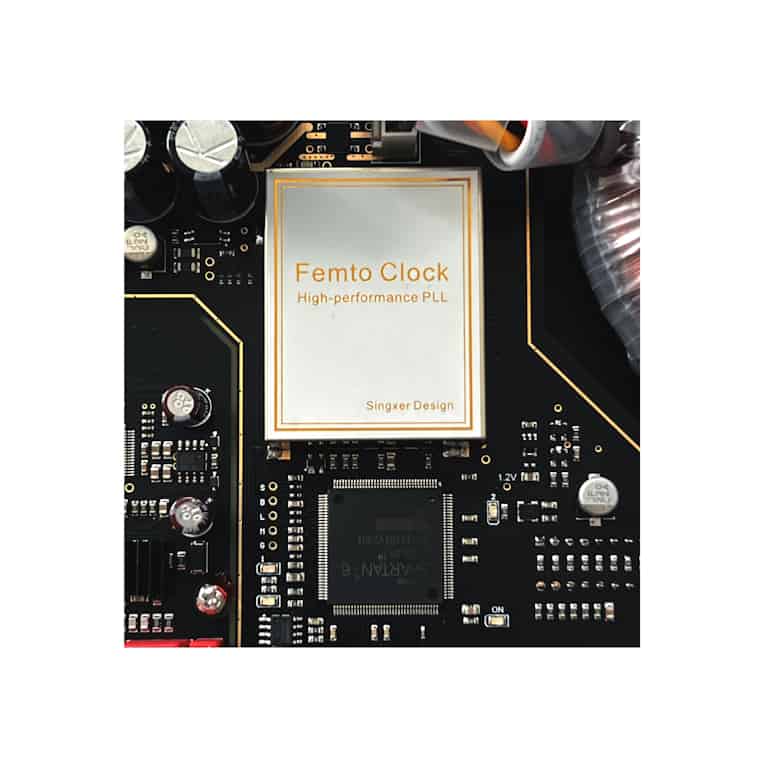
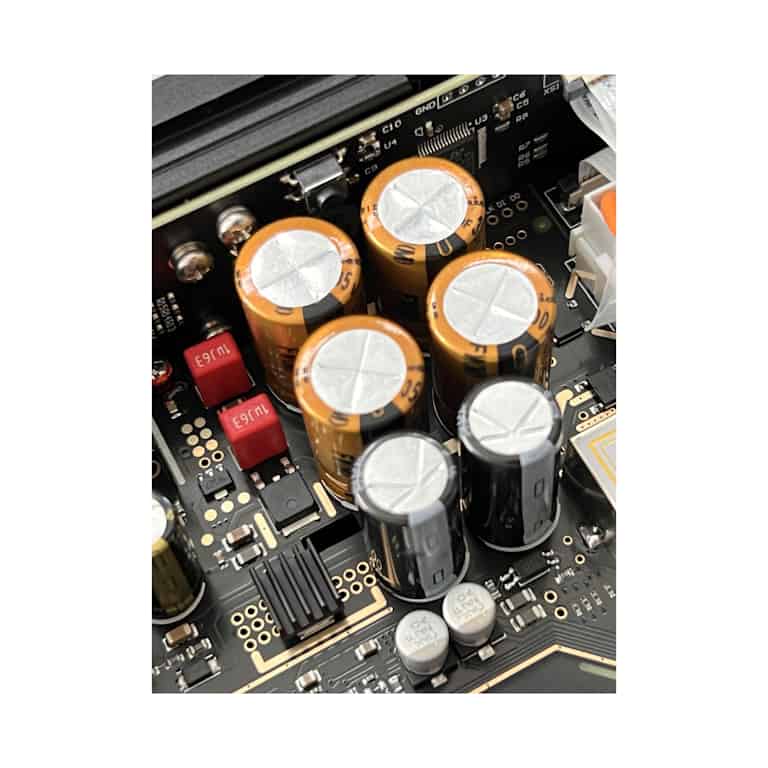
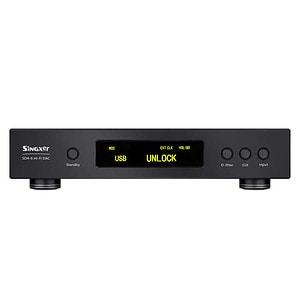







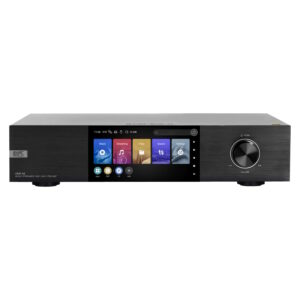




Aad van der Waal –
Aad van der Waal – december 30, 2023
Beste Jos en Rob,
De Singxer – SDA-6 PRO2 heb ik ontvangen en slecht 24 uur ingespeeld. Deze DAC kan ik een woord samen vatten het speelt muziek. Ongelofelijke details, transparant zal nog later een review schrijven maar eerste indrukken zijn zeer positief ongelofelijk voor deze prijs. Top!
Grt Aad
Aad van der Waal –
Beste Jos en Rob,
De Singxer – SDA-6 PRO2 heb ik ontvangen en slecht 24 uur ingespeeld. Deze DAC kan ik een woord samen vatten het speelt muziek. Ongelofelijke details, transparant zal nog later een review schrijven maar eerste indrukken zijn zeer positief ongelofelijk voor deze prijs. Top!
Grt Aad